Photo: Woodpecker in Batavia


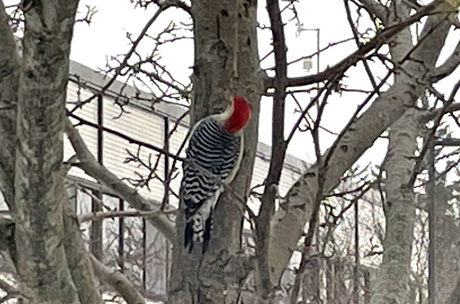
A Red-bellied woodpecker stopped at a tree outside the district office of Batavia City Schools today.
Photo submitted by Jason Smith.
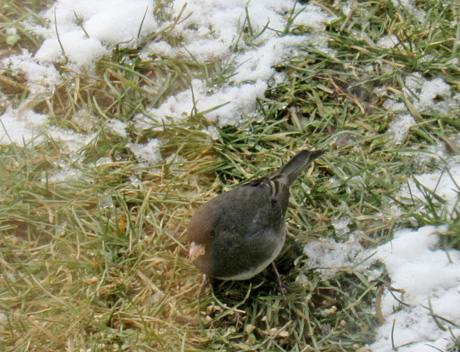
Judy Schildwaster shared this photo of a Junco in her backyard on Lyman Road in Byron. She said the bird migrated here for the winter and will only be here a couple of months before returning north.
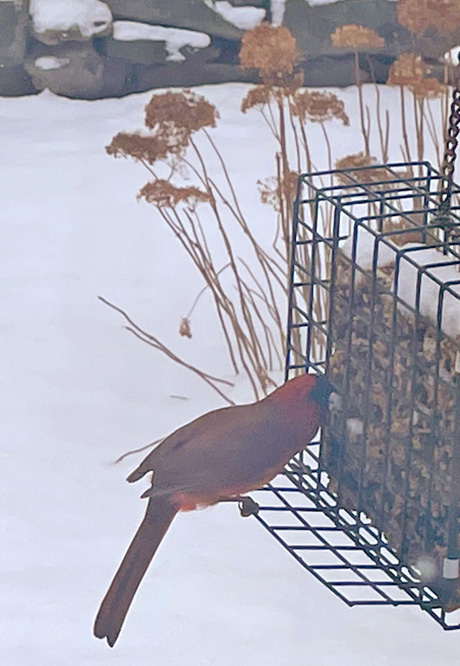
Photo submitted by Jason Smith.
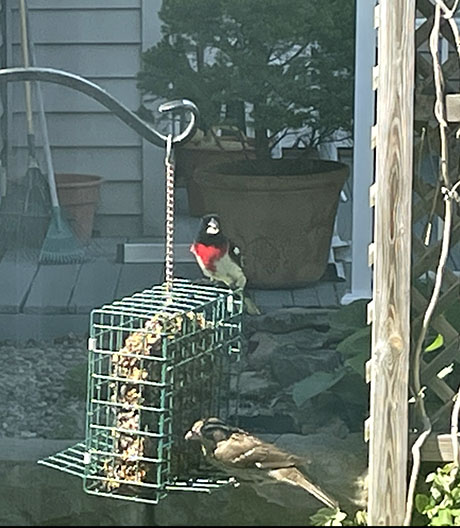
Jason Smith submitted this photo of male and female grosbeaks at his backyard feeder in Batavia.
Video submitted by Jason Smith, along with the photo of the female grosbeak below.
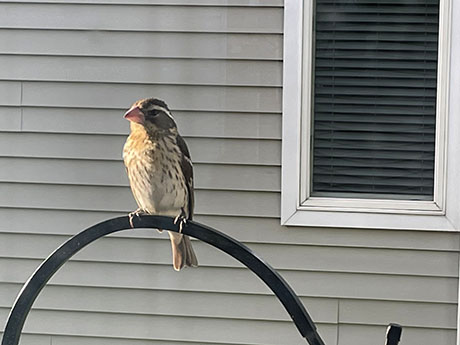
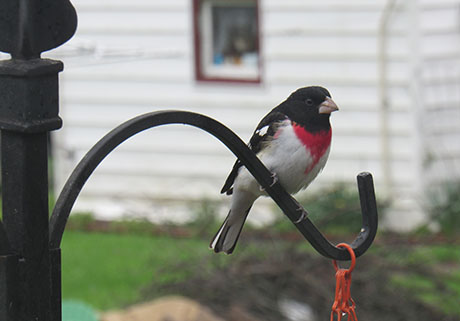
Judy Schildwaster submitted these photos of a Rose-breasted Grosbeak and a Baltimore Oriole at her feeder in her backyard.
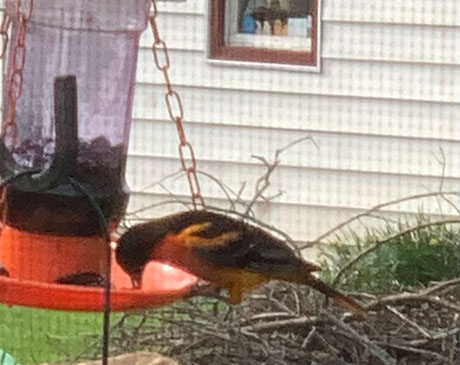
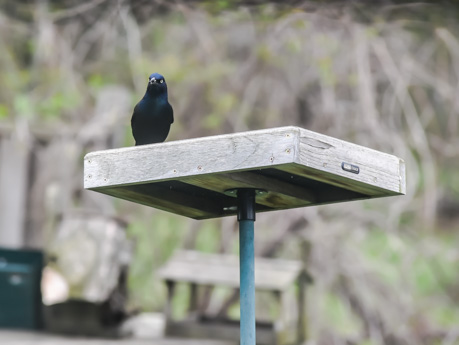
A grackle nibbles on seeds at a backyard feeder in Batavia.
Photo by Howard Owens
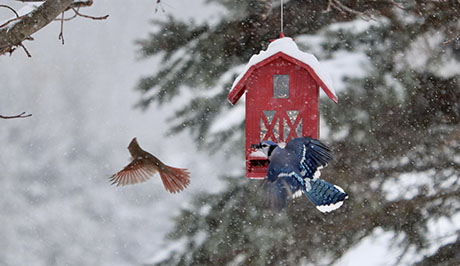
Christine Loranty shared these photos of cardinals and a blue jay in her backyard yesterday in Alexander.
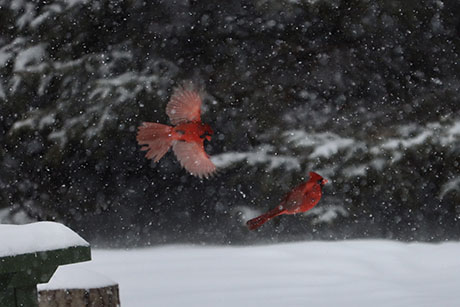
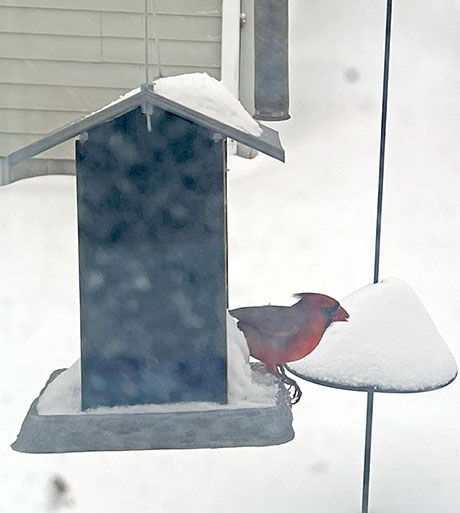
For the first big snowfall of the season, Batavia resident Jason Smith shared with us this morning a photo of a cardinal in his backyard.
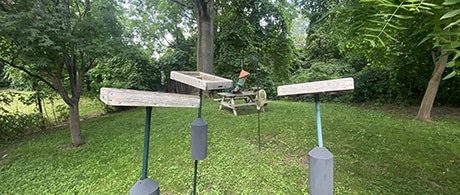
There is concern among wildlife experts throughout the Northeast about a mysterious disease that killing songbirds and while there's no confirmation that the unknown pathogen has reached Genesee County it has been reported in the Southern Tier.
Close enough that bird lovers might want to exercise caution, which could include taking down birdfeeders.
Birdfeeders and birdbaths are places that encourage songbirds to congregate, which could help spread the disease.
The Department of Environmental Conservation is asking state residents to report any unusual bird deaths.
The Audobon Society reported in early July:
In April, scores of birds in the greater Washington, D.C., area began displaying strange symptoms. Their eyes were swollen and crusty; some became disoriented, started twitching, and died.
“They were having a hard time seeing,” says Nicole Nemeth of the Southeastern Cooperative Wildlife Disease Study. “Sometimes they don’t seem to be able to use their hind legs.”
By the end of May, similar reports were rolling in from across Maryland, West Virginia, and Virginia. By June, sick birds had turned up in Delaware, New Jersey, Ohio, Tennessee, Florida, Indiana, and Pennsylvania according to the U.S. Geological Survey Wildlife Health Information Sharing Partnership.
The Batavian checked with the Cornell Cooperative Extension of Genesee County and the DEC, and while neither agency reported local incidents, the DEC did issue the following statement.
The New York State Department of Environmental Conservation (DEC) has received social media reports about bird deaths in Western New York, as well as the reports of bird deaths documented in other Eastern states.
DEC wildlife personnel have received about two dozen calls from the public reporting a dead bird, usually in their yard. There are typically many dead fledgling birds on the landscape during this time of year; normal nestling/fledgling mortality rates are high with only 25 to 50 percent of songbirds surviving their first year.
Because of the documented issues involving mass bird deaths -- mostly of fledglings of starlings, grackles, blue jays, and robins with neurologic signs and/or eye lesions -- in the mid-Atlantic states, Pennsylvania, and Ohio, DEC wildlife staff are on alert to look out for dead birds. However, there are no confirmed links between the local bird deaths and what's happening in other states.
The help of the public is appreciated to determine the nature of these unusual mortality events, which may affect the eyes and neurological system of birds. If saving a bird carcass for DEC, gloves should be used to pick up the bird. The bird should be placed in a plastic baggie, kept on ice and in the shade.
Anyone handling birds, even with gloved hands, should thoroughly wash their hands afterward. Only freshly deceased birds should be saved, due to how quickly carcasses degrade in the heat. Those collecting birds should also provide DEC with their name, address and phone number. Contact the wildlife staff at the nearest DEC regional office (https://www.dec.ny.gov/about/558.html)
DEC is also working with avian experts from Cornell Wildlife Health Lab. Further information will be provided as it becomes available.

A reader from Corfu submitted this photo.
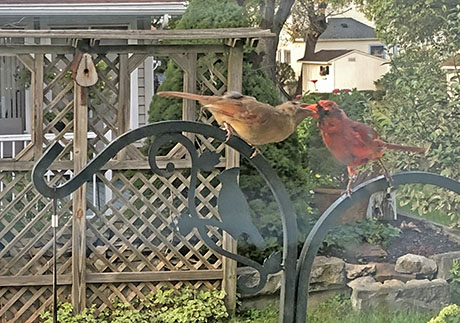
Jason Smith shared this photo of a male cardinal feeding a female cardinal in the backyard of his Batavia home.

Chris Kuehl, of East Bethany, took this photo of a pileated woodpecker.
Her husband, Chuck, who submitted the photo, said and his wife have lived at their residence for 17 years and added, "We see pileated woodpeckers all the time but this is the first time one keeps coming to our suet and boy does he go through it. We live by a very large wooded area and get a very large variety of birds. Just love living here!!"
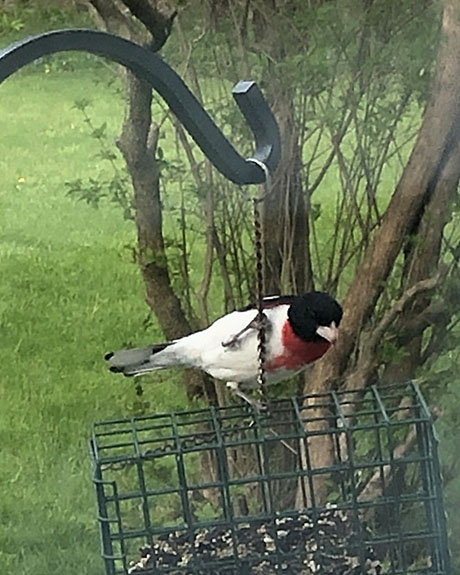
Jason Smith shared this photo of a grosbeak that paid a visit to his backyard in Batavia today.
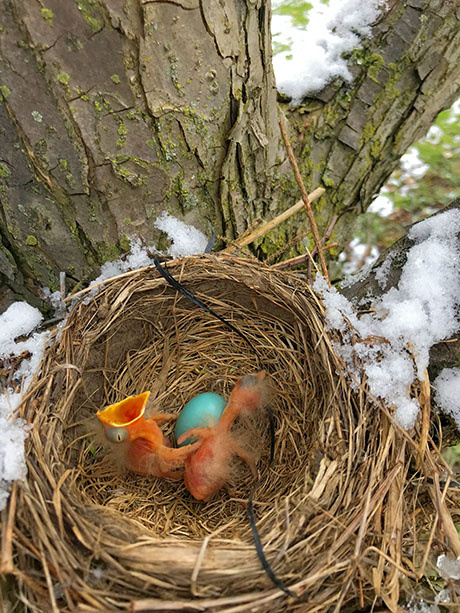
A few days ago, we shared a photo from Sarah Wessel, in Alexander, of three eggs in a nest. Today, she shared this photo of two hatchlings.
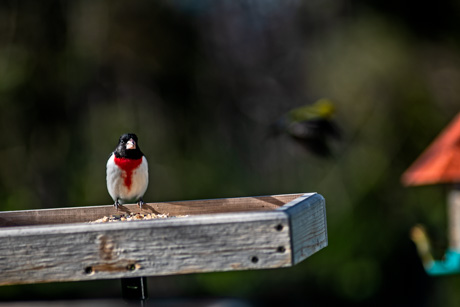
Neither Billie nor I know our birds very well. We spotted this red-breasted bird in our backyard and are curious about what kind of bird it is.

UPDATE: It's a rose-breasted grosbeak. Fellow Southsider Jason Smith sent over a video of one in his backyard.
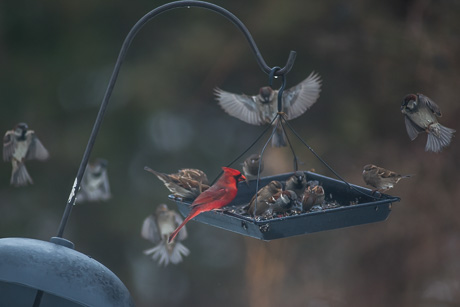
Some of the activity at our bird feeder this afternoon.
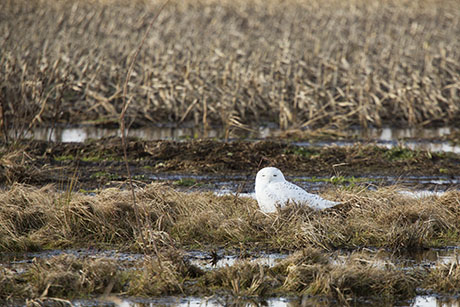
Here's one of the snowy owls out at the airport in a photo by Dylan Brew, of Schoen Productions.
Local professional photographer Jay Terkel sent in this picture taken in his backyard in Corfu of a Cooper's hawk making a meal of a starling.
Copyright © 2008-2022 The Batavian. All Rights Reserved. Privacy Policy | Terms of Service